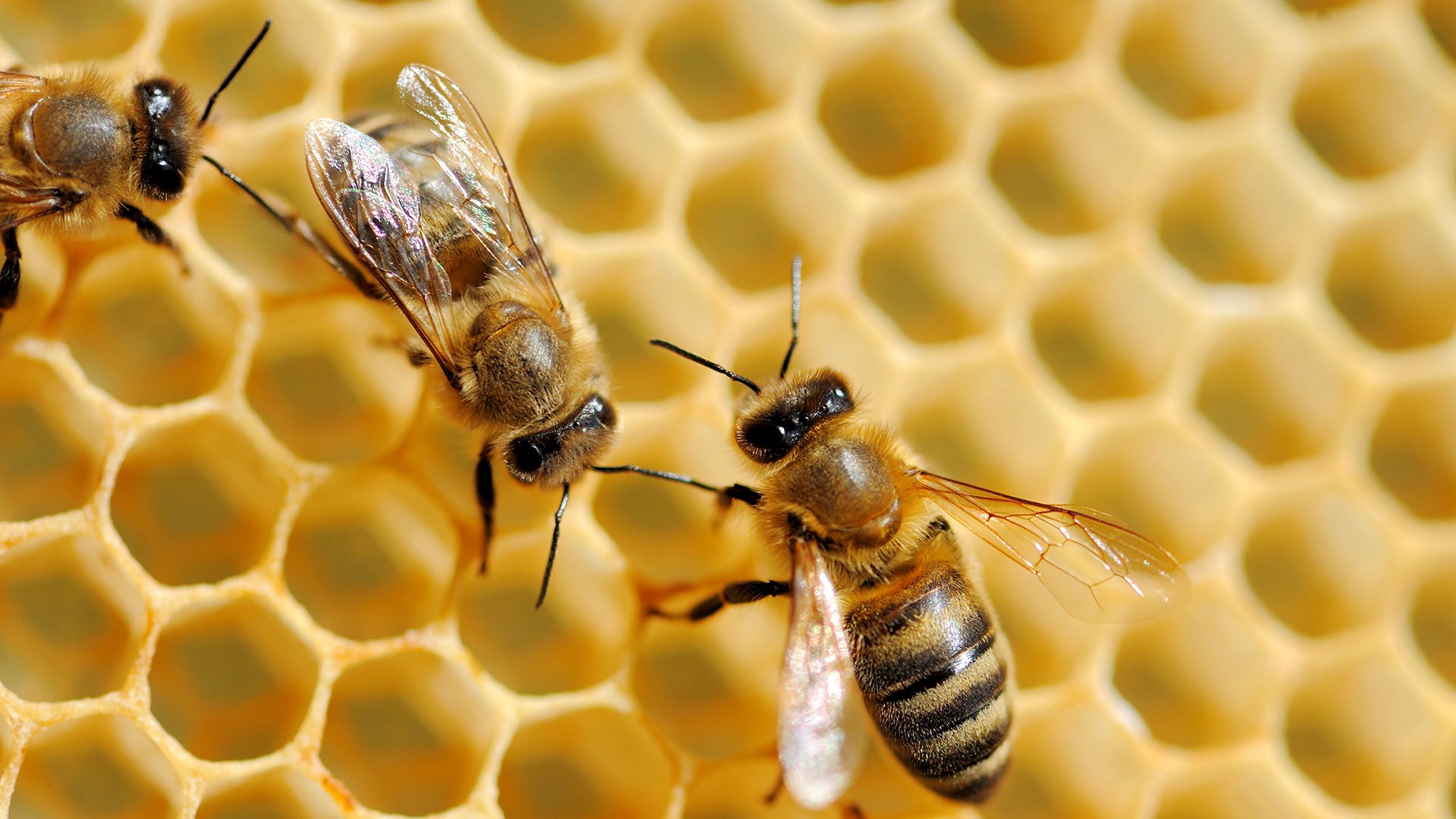
MycoPesticide Update
In response to the many letters, calls and emails we have received requesting more information about Paul Stamets' research into mycological solutions for insect control, we have put together a MycoPesticide update, with answers to some of the most frequently asked questions.
- Do you have a product available?
We do not have any products ready to sell at this time. We have done many years of research & development and expect to release further details in the upcoming year as we proceed with EPA approval. We do not sell cultures or spawn for Metarhizium anisopliae, the strains Paul has personally trained to delay spore production are proprietary. The test of any patent is that it is reproducible from technically competent people skilled in this field. You can read the patents on line at www.uspto.gov.
- Is this a GMO?
We do not, have not and will not use GMO's for modifying the fungi we grow. Paul uses standard tissue culture and natural selection techniques to choose strains that are slow to sporulate; not unlike how a gardener would by choosing a certain variety of celery, broccoli, or other plants before they seed too soon. No transgenic methods are being used. Paul does not own, harbor, promote, and develop any GMO organisms. We are strong supporters of the organic industry, the labeling of GMO foods. An avid defender of the environment; Paul financially supports, for more than 10 years now, the Pesticide Action Network. We remain independent of any corporation, and now Paul has 9 patents in this space. His patents represent a disruptive technology that uses naturally occurring non-GMO fungi, to displace toxic chemicals, unlike Roundup, which works in concert with GM Os.
- Is it safe?
Yes, it is safe! One advantage of this mycotechnology is that strains of the Metarzhizium fungus can be trained, through natural selection, to be species-specific in its targeting, so that this fungus does not harm other non-targeted insects. A central tenet of Paul's philosophy is that "We do not wage war against insects. We just want to protect our homes, crops or bees without causing collateral harm to the ecosystem" We do not use sprays. That is opposite of the advantage of this invention - the insects seek it out, so no need to 'carpet bomb' landscapes. Most all plants are part fungi. Many plants have Metarhizium incorporated within them to protect them from insect predation, as an endophyte. Metarhizium is one of the most common of all fungi, and is beneath most every footstep you take on rich soils. Since Paul is lessening sporulation, they tend NOT to travel, and remain more localized.
- Will it harm Bees?
Metarhizium anisopliae has been recently approved by the USDA for use in food handling facilities, is not harmful to bees, fish, pollinators and non-targeted insects. Metarhizium does not cause illness or grow in/on humans. We are also trying to use Metarhizium to help Bees ward off Varroa mites.
- Alternatives until available?
Thatch ants can be incorporated onto your property as a biological control. They will compete for territory with Carpenter ants without eating your home. You can also research the many “Green” or “Natural” pest control companies for further options.
- Can we be beta-testers? Distribution?
These are avenues we can further explore once we have EPA approval. Please stay tuned for some exciting opportunities in the new year.
- International/Hawaii use?
Many countries have limitations on importing live items and products such as this. Permits may need to be issued by regulatory authorities to receive outside the continental US. We will be focusing locally before globally regarding product distribution.
- Funding/donations?
Stay tuned, there may be unique options for individuals to participate in making MycoAttractants a reality. In the meantime - join us to “Give Bees a Chance". Continued financial support of the WSU Honey Bee Research Laboratory makes this novel research possible. If you would like to contribute, donations to WSU can be made securely online http://beefriendlyinitiative.org/
To receive the latest information about our ongoing research, be sure to sign up for Fungi Perfecti's newsletter at fungi.com!
Patents Awarded
- Stamets, P. 2016. U.S. Patent # 9,474,776. “Integrative Fungal Solutions for Protecting Bees”. October 2016.
- Stamets, P. 2016. U.S. Patent # 9,399,050. “Controlling insects and arthropods using preconidial mycelium and extracts of preconidial mycelium from entomopathogenic fungi” July, 2016.
- Stamets, P. 2014. U.S. Patent # 8,753,656. “Compositions for controlling disease vectors from insects and arthropods using preconidial mycelium and extracts of preconidial mycelium from entomopathogenic fungi.” June, 2014.
- Stamets, P. 2013. U.S. Patent # 8,501,207. “Mycoattractants and mycopesticides.”
- Stamets, P. 2011. U.S. Patent # 7,951,389. “Mycoattractants and mycopesticides.”
- Stamets, P. 2011. U.S. Patent # 7,951,388. “Mycoattractants and mycopesticides.”
- Stamets, P. 2008. Australian Patent # 2001296679. “Mycoattractants and mycopesticides.” (ceased)
- Stamets, P. 2006. U.S. Patent # 7,122,176. “Mycoattractants and mycopesticides.”
- Stamets, P. 2003. U.S. Patent # 6,660,290. “Mycopesticides.”
Our Mission: To explore, study, preserve and spread knowledge about the use of fungi for helping people and planet.
